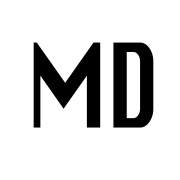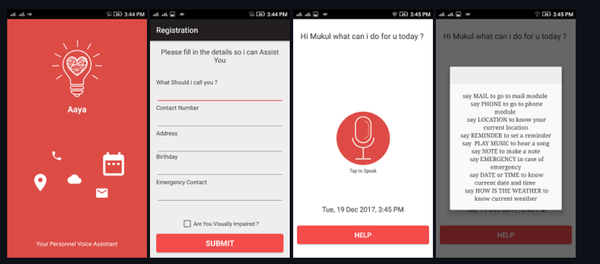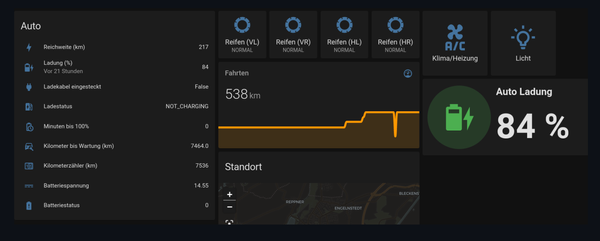Strategic Fixes for Healthcare UX Challenges
Table of Content
Despite becoming digital, seamless user experiences in healthcare are still lacking. Patients, nurses, and doctors are battling with complicated systems and unintuitive software. Bad design is not just unpleasant, but deadly when time is of the essence.
Creating successful healthcare UX applications has a number of specific difficulties. The difficulties are genuine but manageable, ranging from antiquated infrastructure to intricate medical procedures. This article explores key pain points in healthcare user experience design and offers practical strategies to support digital transformation in healthcare and create tools that actually help.
Understanding Healthcare UX Design Challenges
Healthcare UX design is unlike UX in other industries. As outlined in Uitop’s article on this topic, the stakes are high because these tools support life-saving decisions and sensitive information. Some of the biggest hurdles include:
- Complexity of medical workflows. Healthcare tasks often involve complicated processes and regulations. Designers struggle to create interfaces that handle these without overwhelming users.
- Diverse user groups. Patients, doctors, nurses, and administrative staff all have different needs and tech skills. Designing one application that fits all can be tricky.
- Data security and privacy. Healthcare apps must protect sensitive information, which can limit how flexible or intuitive the interface can be.
- Integration with legacy systems. Many healthcare organizations rely on outdated software. New UX solutions must connect seamlessly to these existing systems, or risk creating fragmented workflows and data silos.
- High stress and time sensitivity. Healthcare environments are often fast-paced and stressful. UX must support quick decision-making with minimal distractions, ensuring users can act confidently under pressure.
- Regulatory compliance complexity. Strict healthcare standards like GDPR and HIPAA must be followed in design. Another complexity element is making it usable while maintaining these criteria.
The first step to effective solutions is acknowledging these problems. You may read the Uitop post on healthcare UX design for additional information on these issues. It goes into great detail and provides useful advice.
Strategic Fixes to Overcome UX Challenges
To tackle healthcare UX design challenges, organizations need a clear strategy. Here are some key fixes that can make a big difference.
1. Simplify and Prioritize User Flows
Map out necessary tasks that users complete and remove unnecessary stages. To help customers concentrate on what really important, employ consistent design, easy-to-understand navigation, and clear labels. Even a few seconds saved on each job can have a positive impact on patient outcomes in healthcare
2. Involve Real Users Early and Often
It is all about designing with the user in mind. Engage the patients, the physicians as well as the nurses in the design process. Their suggestions expose issues and present ideas, which the designers would have never imagined.
Involving end users early on increases acceptance rates and guarantees that digital health solutions function well in actual clinical settings. Actually, according to McKinsey's research, more than 75% of patients are prepared to adopt digital healthcare, as long as the services are high-quality and actually fit their needs.
3. Enhance Accessibility and Inclusivity
Healthcare apps assist individuals with various capabilities and technology comfortability. Make interfaces accessible with features like scalable fonts, voice commands, and clear color contrasts. Also, consider language options and simple instructions to widen usability.
4. Make Feedback Loops Part of the System
Great UX doesn’t end at launch. The consumers should find a way of directly providing feedback using health apps, be it an idea, a bug, or a usability bug. When used together with continuous data analysis and evaluation, real-time feedback allows a team to find out about the issues and act upon them as early as possible.
5. Ensure UX Clinical Accuracy and Safety UX
It is good to be convenient but medical accuracy must not be compromised at the expense of convenience. To make interfaces reflect the medical thinking and be less error-prone, UX designers and physicians will have to collaborate. Simple information hierarchies, notifications and confirmations should all facilitate secure decision-making, especially during high-stress environments.
How to Use UX to Promote Digital Transformation in the Medical Field
Connection of technology and people leads to digital transformation in healthcare, which changes the approach to the delivery of care.It is impossible to perform without a consistent, easy-to-use, frictionless experience among the users.
Properly designed applications to healthcare UX reduce errors, streamline the process, and make the patient more engaged. Examples are patient portals that are easy to use and increase patient compliance and follow-up of appointments. Clinicians like dashboards that present information in a manner that is simple to understand so that they can make faster and quality decisions.
Patients increasingly demand digital health interfaces that are user-centric and easy across devices, as Forbes emphasizes. To have all of these advantages, medical businesses should embrace the UX thinking at the very beginning of their online activities. This involves recruitment of capable UX specialists, providing constant training and continuous upgrades of designs using the user feedback. Such a digital tool implementation will be the only way to realize digital tools that accelerate care and user satisfaction.
Conclusion
Although healthcare UX design difficulties might be intimidating, they also present a wealth of opportunities to enhance care and productivity. Better digital solutions that actually work for patients and clinicians are guided by useful applications like user adoption, workflow simplification, and accessibility.
Prioritize user-centered healthcare app UX products if your company is embracing the digital transformation of healthcare. In this way, the technology is transformed from a hindrance to a motivating factor for improved health results.









